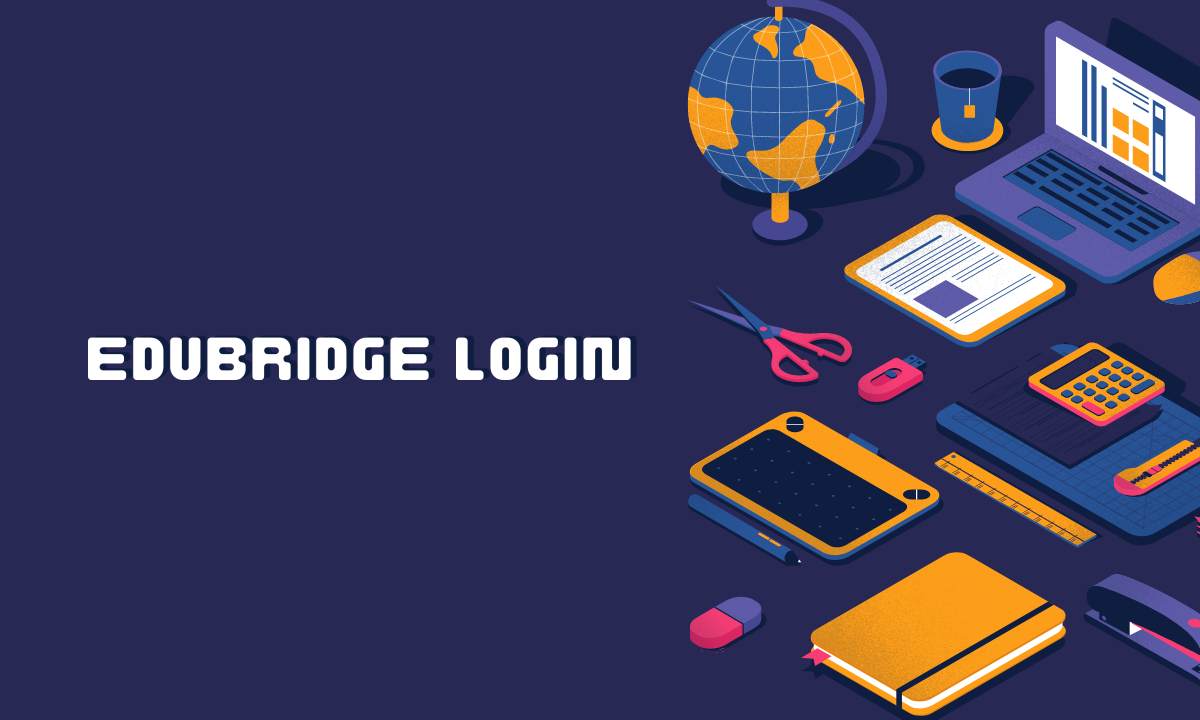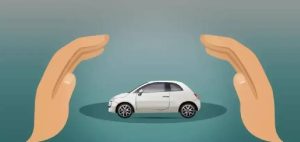When buying a car, one of the biggest decisions is choosing between manual and automatic transmission. The manual allows gear selection, while the automatic shifts gears automatically. This question continues to perplex prospective car buyers. However, the impact of this choice goes beyond driving preferences. It can also affect car insurance premiums.
Yes! It is true. The type of gear operation does affect your car insurance premium.
Understanding how the type of gear operation influences car insurance costs can help individuals make well-thought choices when insuring their vehicles.
In this blog, we will understand in detail how the gear operation affects your car insurance premium.
Table of Contents
ToggleImpact of Gear Operation on Car Insurance Premiums
- Complexity in Operation
The type of gear operation in a vehicle significantly impacts car insurance premiums. Manual transmission requires active involvement from the driver to change gears, providing a more hands-on driving experience. On the other hand, automatic transmission simplifies the gear-changing process through an onboard Electronic Control Unit (ECU), which intelligently manages gear shifts using fluid pressure. While automatic transmission offers convenience, its sophisticated technology leads to higher repair and replacement costs. This leads to higher insurance premiums for cars equipped with this system.
Note that the difference in premiums is not that significant if we compare two cars that just differ in the type of gearbox while all other features remain the same.
- Overall Price of the Car
The overall price of the car plays the most important role in determining insurance premiums. Generally, cars with automatic transmissions tend to be more expensive than their manual counterparts. Car insurance premiums are directly linked to the car’s market value. This means the higher cost of automatic vehicles results in increased insurance costs.
- Location
The geographical location of the car owner also influences insurance premiums. Insurance costs are usually higher in metros and bigger cities compared to smaller towns and rural areas. This is because cities often experience heavier traffic. They also have a higher incidence of accidents and thefts, increasing the insurer’s liability. So, in cities, automatic transmission cars are more popular due to their seamless gear shifts. This leads to higher insurance premiums for vehicles equipped with automatic gearboxes.
- Model, Manufacturer, Variant, and Age of the Car
Various factors related to the car itself affect insurance premiums-
- Luxury Cars and Market Value:
- Luxury cars, irrespective of their gear operation, attract higher insurance costs.
- Their higher market value increases the potential payout for insurers in case of claims.
- Expensive repair parts for luxury vehicles contribute to elevated insurance premiums.
- Impact of Automatic Transmissions:
- Different types of automatic transmissions have varying effects on insurance prices.
- Automated Manual Transmission (AMT), Continuously Variable Transmission (CVT), and Dual Clutch Transmission (DCT) may lead to different premium rates.
- Advanced auto rear box systems in premium cars can further increase insurance expenses.
- Consideration of Vehicle Age:
- The age of the vehicle is a crucial factor in determining insurance costs.
- As cars age, their value depreciates due to wear and tear.
- Older cars generally have lower insurance premiums compared to brand-new ones.
Additional Factors Impacting Car Insurance Premiums
- Driving History: A clean driving record with no accidents or violations leads to lower premiums, as it indicates a lower risk for insurers.
- Location: Urban areas with higher traffic and accident rates generally have higher insurance premiums due to increased risks.
- Deductibles: Opting for higher deductibles means policyholders pay more out of pocket during claims, resulting in lower premiums.
- Policy Type and Coverage: Comprehensive coverage with additional add-ons like engine protection cover increases premiums compared to basic coverage.
- No Claim Bonus (NCB): Accumulating no claim bonus in car insurance by not making claims leads to significant premium reductions as a reward for safe driving.
- Add-ons: Add-ons like engine protection cover in car insurance can lead to higher premiums.
Tips to Manage Car Insurance Premiums
- Compare quotes from multiple insurers to find the best premium rates.
- Maintain a clean driving record to earn No Claim Bonus and lower premiums.
- Opt for higher deductibles to reduce car insurance costs.
- Consider the car model and safety features to qualify for discounted rates.
- Bundle multiple insurance policies with one provider for overall cost savings.
- Install anti-theft devices to potentially lower premiums.
- Regularly reviewing coverage needs to avoid overpaying for unnecessary options
- Pay annual premiums instead of monthly installments to save on processing fees.
- Maintain continuous coverage to impact premium costs positively.
- Consider telematics devices for potential safe driving discounts.
- Review policy add-ons like engine protect cover in car insurance and eliminate unnecessary riders to avoid inflated premiums.
It is clear from the above discussion that the type of gear operation (manual or automatic) in a car can impact car insurance premiums. Automatic transmissions may lead to higher insurance costs due to their complex technology and higher overall car prices. Geographical location, driving history, and car-related factors also influence insurance premiums. Luxury cars tend to attract higher insurance costs regardless of their gear operation due to their higher market value and expensive repair parts.
To manage car insurance premiums effectively, drivers can opt for higher deductibles, install anti-theft devices, and complete defensive driving courses to qualify for discounts. Paying annual premiums instead of monthly installments and maintaining continuous coverage can also impact premium costs positively. Regularly comparing quotes from multiple insurers and bundling policies with one provider can help find the best premium rates and overall savings. By being aware of these factors and implementing practical strategies, car owners can make informed decisions to strike a balance between appropriate insurance protection and manageable premiums.
No related posts.











